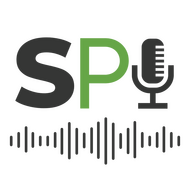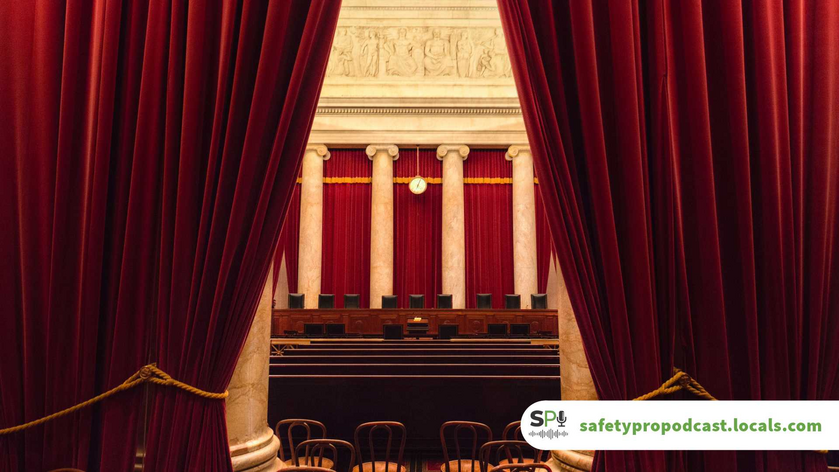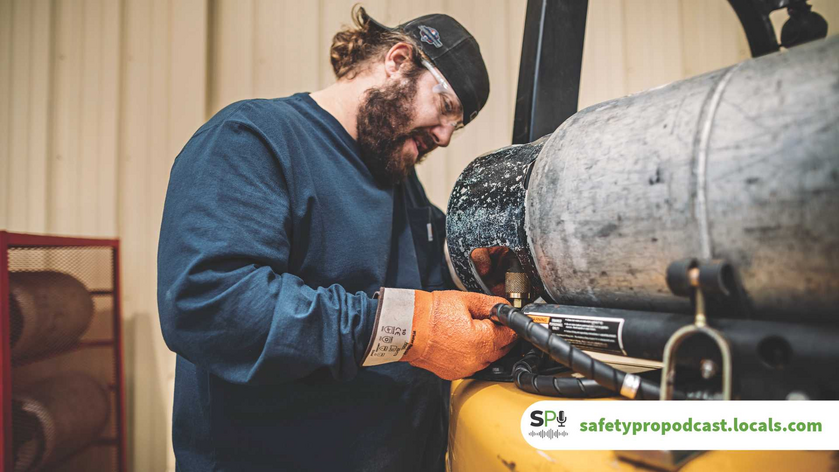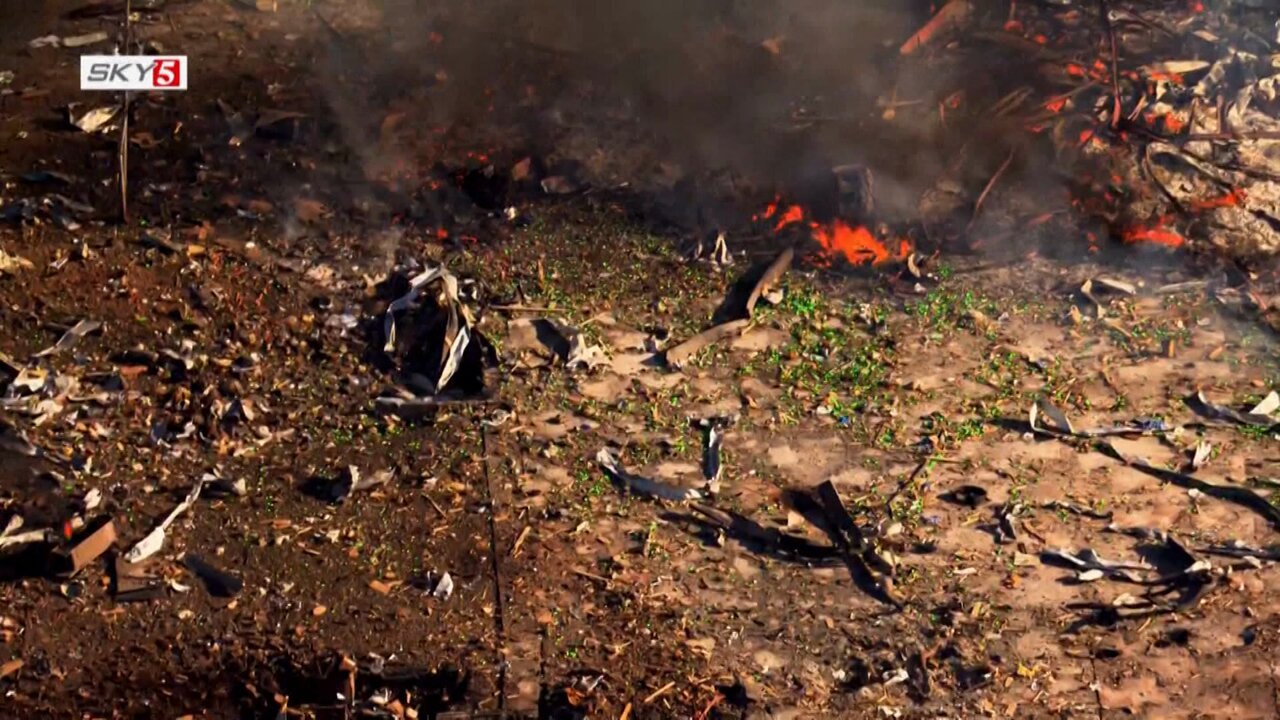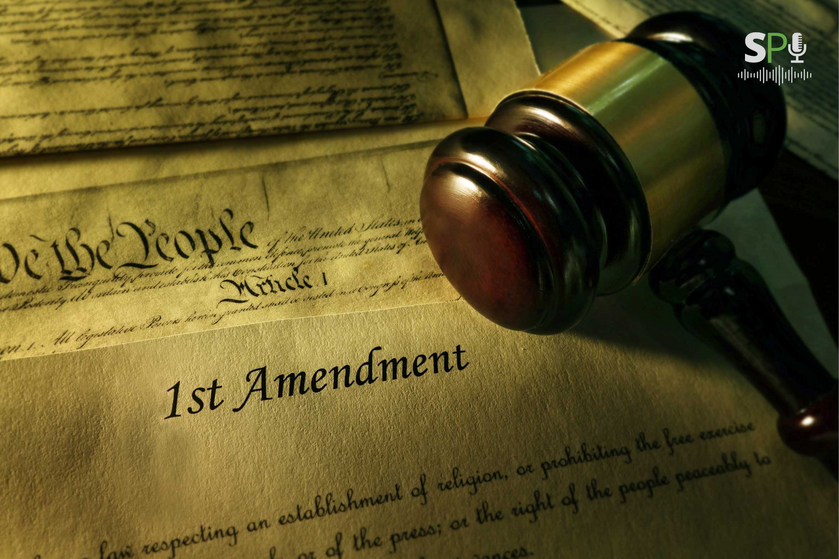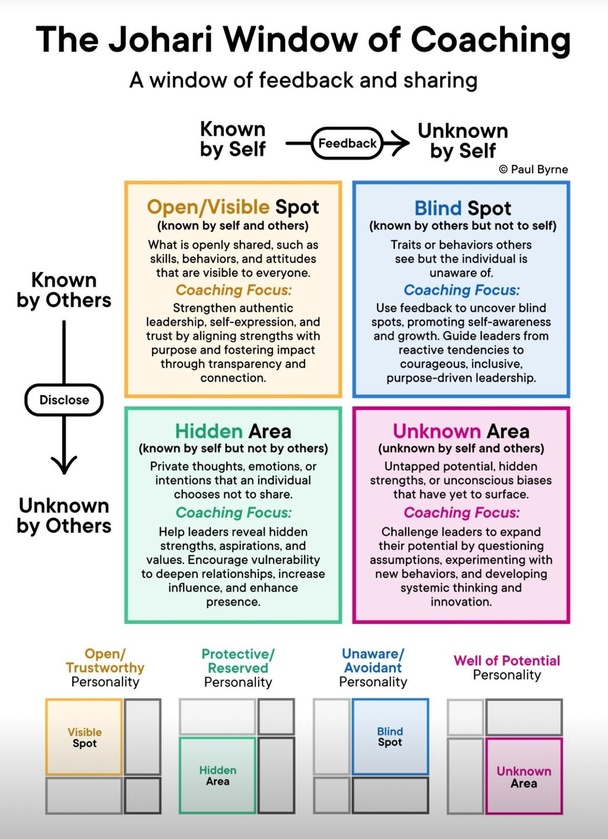As we know, the Occupational Safety and Health Administration (OSHA) creates standards that ensure safe and healthful working conditions across the United States. As we also know, not every workplace situation can also have an accompanying standard. Therefore, OSHA must rely on interpreting the intent of various standards. But where does OSHA derive its interpretive authority to enforce the myriad regulations under the Occupational Safety and Health Act (OSHAct)? This article will discuss this interpretive authority and the ongoing debates surrounding its scope and limits, including the impact of the Chevron Doctrine and its potential challenges.
Where Does OSHA's Interpretive Authority Come From
Understanding the sources of OSHA's interpretive power is crucial for employers and policymakers as they attempt to navigate the complex web of workplace safety regulations. The Chevron doctrine, stemming from the Supreme Court case Chevron U.S.A., Inc. v. Natural Resources Defense Council, Inc., is a fundamental principle of administrative law that instructs courts to defer to a federal agency's interpretation of a statute it administers, provided the statute is ambiguous, and the agency's interpretation is reasonable.
The Chevron doctrine is applied through a two-step process:
- Step One: The court must first ascertain whether Congress has directly addressed the issue's precise question. If the intent of Congress is clear, that is the end of the matter.
- Step Two: If the statute is silent or ambiguous, the court must determine whether the agency's interpretation is based on a permissible construction of the statute.
OSHA may invoke the Chevron doctrine when interpreting provisions of the Occupational Safety and Health Act (OSHAct) that are vague or silent on specific issues. As the agency administering the OSHAct, OSHA has the expertise and authority to develop standards and regulations to ensure safe and healthful working conditions.
For example, OSHA might use the Chevron doctrine to determine the scope of its regulatory authority in areas where the OSHAct does not explicitly grant or limit power. This could include interpreting what constitutes a "serious" hazard or defining the extent of employers' duties under the General Duty Clause.
Implications for Workplace Safety and Health
Applying the Chevron doctrine means that the courts give OSHA reasonable interpretations of the OSHAct weight and deference. This deference allows OSHA to adapt its regulations to evolving workplace safety and health challenges without needing explicit instructions from Congress for every specific scenario.
One example of OSHA using the Chevron Doctrine is the case over the COVID-19 vaccine mandate for employers. OSHA's interpretation was that Congress gave the agency the power to oversee such public health issues in the workplace. Ultimately, the Supreme Court majority said Congress only intended to provide OSHA with the power to address hazards that are confined to the workplace setting.
The Supreme Court's decision highlighted the tension between the nondelegation doctrine, which limits Congress's ability to delegate legislative power to bureaucratic agencies, and the Chevron doctrine, which allows those agencies some interpretive authority. Ultimately, the court found that OSHA's mandate failed to meet the major questions doctrine, which requires clear textual authority from Congress for nationally impactful decisions.
This case illustrates how the Chevron doctrine can be pivotal in determining the extent of OSHA's regulatory authority and how courts may review and potentially limit that authority based on statutory interpretation principles.
Challenges to the Chevron Doctrine
Some recent cases have the potential to challenge the Chevron Doctrine. The Supreme Court has agreed to hear two cases—Loper Bright Enterprises v. Raimondo and Relentless Inc. v. Department of Commerce. These cases involve the National Marine Fisheries Service and its rule requiring the herring industry to bear the costs of observers on fishing boats.
The arguments presented in these cases question the Chevron Doctrine's validity, with some suggesting it undermines the courts' duty to interpret the law and violates the federal law governing administrative agencies. The Supreme Court's decision on these cases could lead to a significant shift in administrative law, potentially discarding or limiting the Chevron Doctrine.
If the Chevron Doctrine were overturned, it would have significant implications for federal agencies like OSHA. Here's what could happen:
Increased Judicial Scrutiny: Federal agencies' interpretations of statutes would likely face stricter scrutiny from the courts. Without the Chevron deference, courts would not be bound to accept an agency's reasonable interpretation of an ambiguous law.
Shift in Power: The balance of power would shift from the executive branch to the judiciary. Courts would have more authority to interpret laws, which is what the courts are there to do, one could argue.
Legislative Precision: Congress might need to draft more detailed legislation to ensure its intentions are unambiguous. This could result in fewer general violations and force agencies to draft more precise rules.
Potential for Increased Litigation: With less deference to agency expertise, litigation could increase as parties frequently challenge agency rules and interpretations.
Overall, overturning the Chevron Doctrine would likely lead to a more focused regulatory environment, with federal agencies having less flexibility to interpret and enforce laws as they see fit. What do you think? Share your thoughts by joining the conversation at The SafetyPro Podcast community site today!
This article is intended for informational purposes and does not constitute legal advice.
In writing this article, the AI app CONCENSUS was used to research various court cases and articles related to the topic.

Blaine J. Hoffmann has been in the occupational safety & health industry for over 28 years and is the author of "Rethinking SAFETY Culture," available now. Blaine is the producer and host of The SafetyPro Podcast and founded the SafetyPro Podcast community site.
